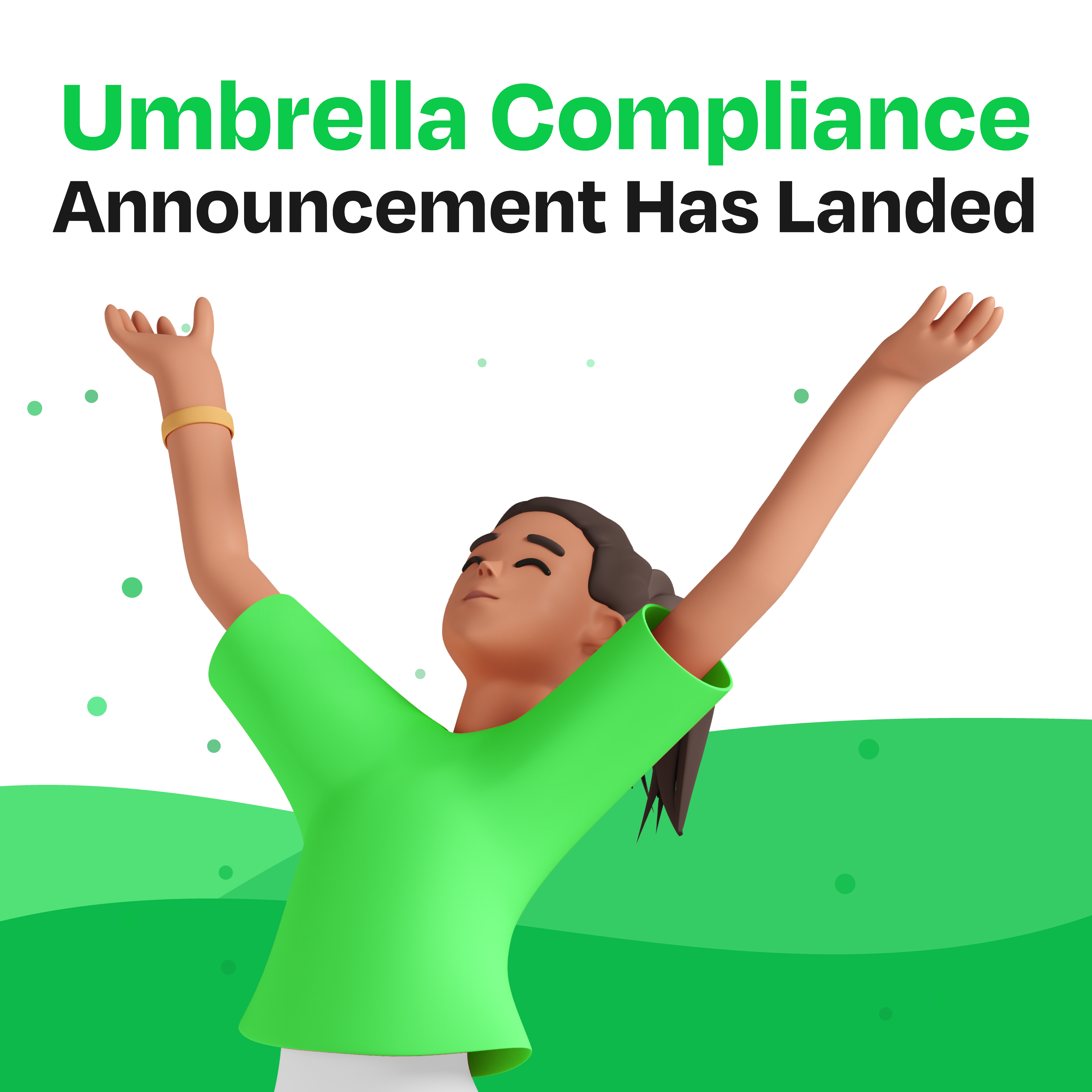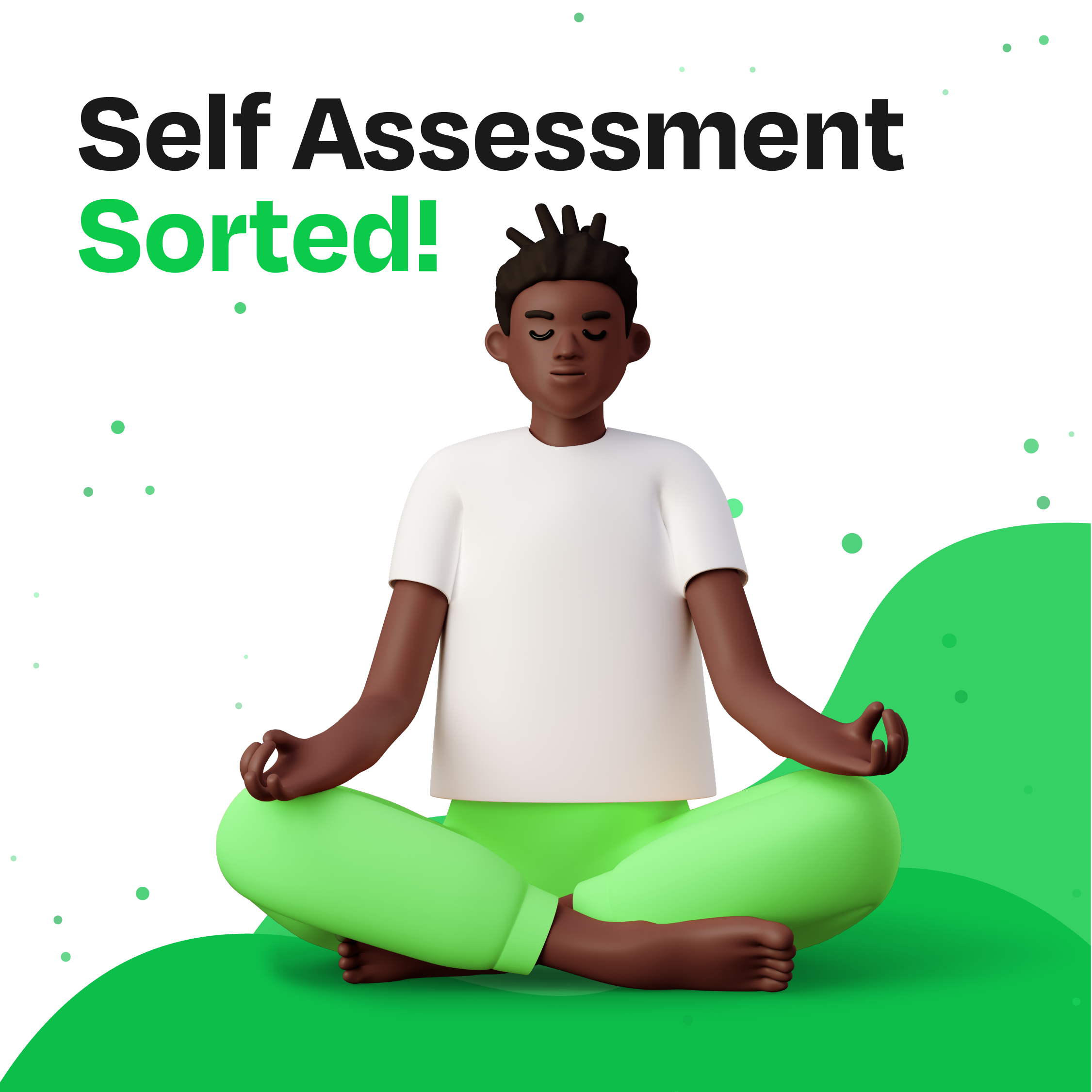Land that job – CV writing myths and tips!
There are so many articles and blogs out there about CV writing, many of which contradict each other, that it can be hard to figure out which is the right one to follow.
Obviously the rules are slightly different depending on your choice of career but there are some general rules you can follow.
With that in mind we try to shed some light on some of the myths surrounding CVs and the information you should include within them.
Rule 1: Blanket CVs don’t work, it’s definitely quality trumps quantity.
Although the allure of mass applying can seem tempting, it’s not worth it!
Sending out unspecific applications en masse will risk your reputation, yourbrand and the probability of being seriously considered for a job.
Employers and HR staff will be able to spot a generic CV and covering letter very quickly and disregard it just the same.
Your best bet is to spend some time on creating several template versions of your CV, based on the different roles you may be applying for, and then amending these when applying for a specific job.
That way you can make sure you mention any relevant experience and qualifications each time and also include the key words/skills they are looking for.
If they have asked for a specific skill or attribute make sure you include it in your CV several times, this will make your CV stand out and will likely pass any automated scans that larger companies use to sift their applications.
When writing a covering letter also make sure you address it to the person who is going to be reading it, normally this information can be found on the job advert, if not then try and reference the company name and their specialty as this will add that all important personal touch.
Make sure you thoroughly read and understood what the recruiter is looking for. If you have the necessary skills and attributes then make sure you include examples of these in your work history. If you are aware of a skill gap make sure you emphasise the skills you do have and adapt them the best you can for the role you are applying for.
Rule 2: Borders and pictures are so 1990s
Unless you are applying for a role that involves acting or modelling there is no advantage of having a picture emblazoned across your CV. Although you may think it adds character and makes you stand out, it will often be a hindrance rather than a helping hand.
Try to keep your CV neat and well punctuated, symmetry will always appease as it conveys a message of calmness and can actually assist a reader with keeping pace, people are normally more inclined to read something when it is aesthetically pleasing.
Don’t be tempted to use an unusual font or different colour as this can have the opposite effect of what you are trying to achieve as it could distract the reader from the content or just confuse them. Keep it clear and consistent throughout.
Rule 3: Grammar and spelling is super important!
Although this rule seems obvious you would be surprised how many applicants apply for roles with misspellings and grammatically incorrect sentences.
Make sure you proofread everything before submitting it and get a friend or colleague to check if you can. This will hopefully reduce the risk of any errors being missed.
Rule 4: Showcase your career history
When detailing your work history it’s best to keep it in chronological order starting with the most recent first. Make sure you include dates and try to make them as detailed as possible (e.g. the month rather than the year) if you have a work history of more than 15 years then you don’t necessarily have to include the month from that far back but there is no harm including this information if you have it to hand.
Identify the key skills and experiences you acquired and used for each role you have had and summarise these starting with the information you think would be most appealing and relevant to the recruiter. Make sure you include any key achievements.
If you’ve held roles that required a lot of different skills it may be worth bullet pointing instead of paragraphing as it will limit the amount of page space you use.
Avoid adding any hobbies or interests unless you feel these will add to your application (e.g. champion athlete, charitable fundraiser etc.)
Address any career gaps that you have had if they are for a substantial period, i.e. more than 3 months, it’s better to explain this gap than leave it down to the imagination of the recruiter. Having time off to raise a family or go travelling shouldn’t deter any respectable prospective employer.
Rule 5: CV Length and personal profile
Make sure you include a personal profile on the top of your CV that includes your key skills and experience, the type of work and industries you have worked in and what you are now interested in. Make sure you tailor this each time so you can include those all-important key skills the recruiter is looking for.
Try to keep your CV to 2 sides of A4 paper or less, although there are exceptions if you are applying for a very high level technical role that requires specific and bespoke information about a previous role or educational achievement. But for the majority of people 2 sides of A4 is the perfect size.
If you are struggling to ft everything in, try limiting the information from earlier employment to just the key achievements as employers tend to be most interested in your most recent career history. You can also bullet point information from older roles to increase the remaining page space.
Although this is not a definitive guide we hope it helps you in your future applications!
[simple-author-box]




